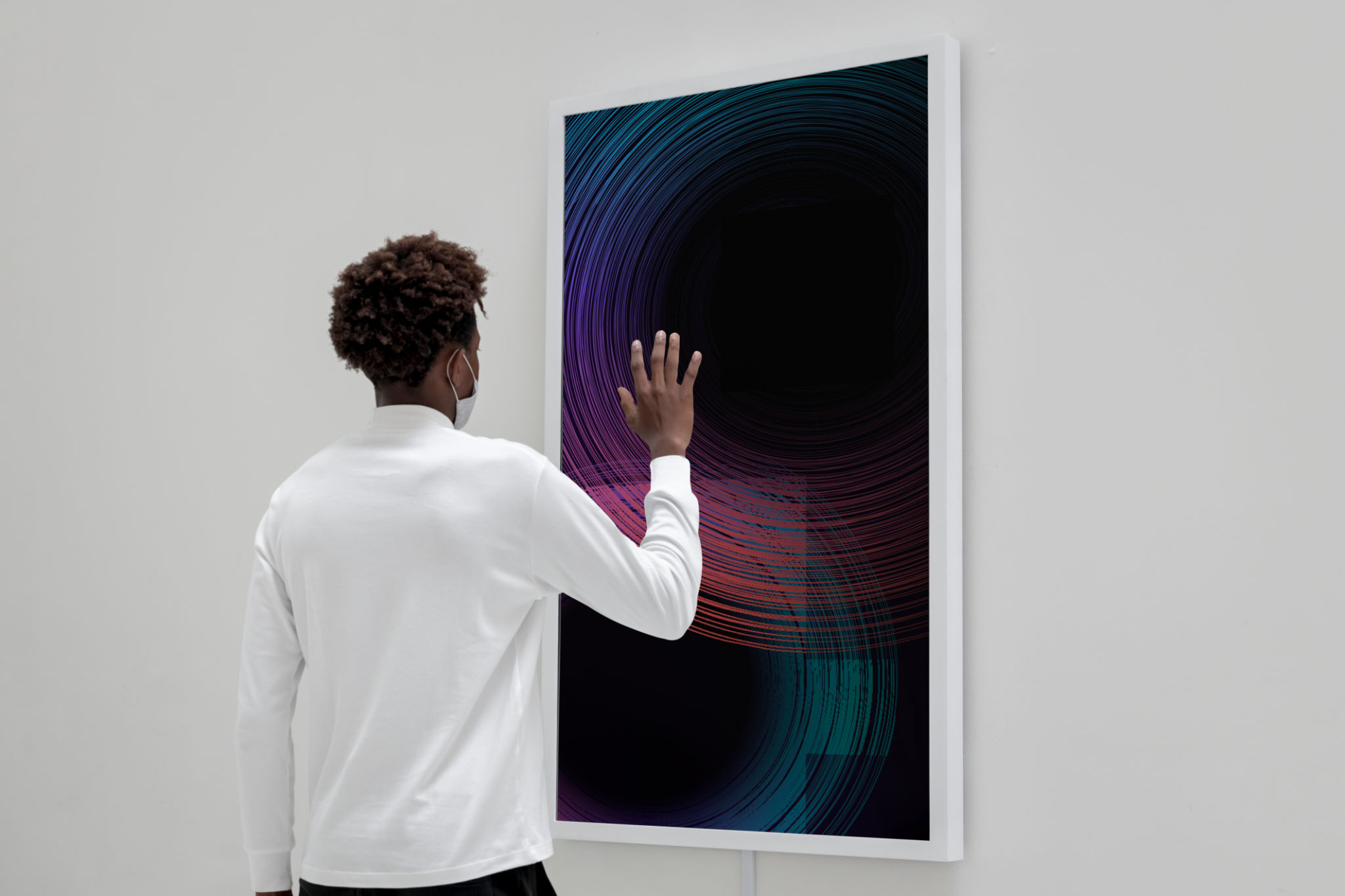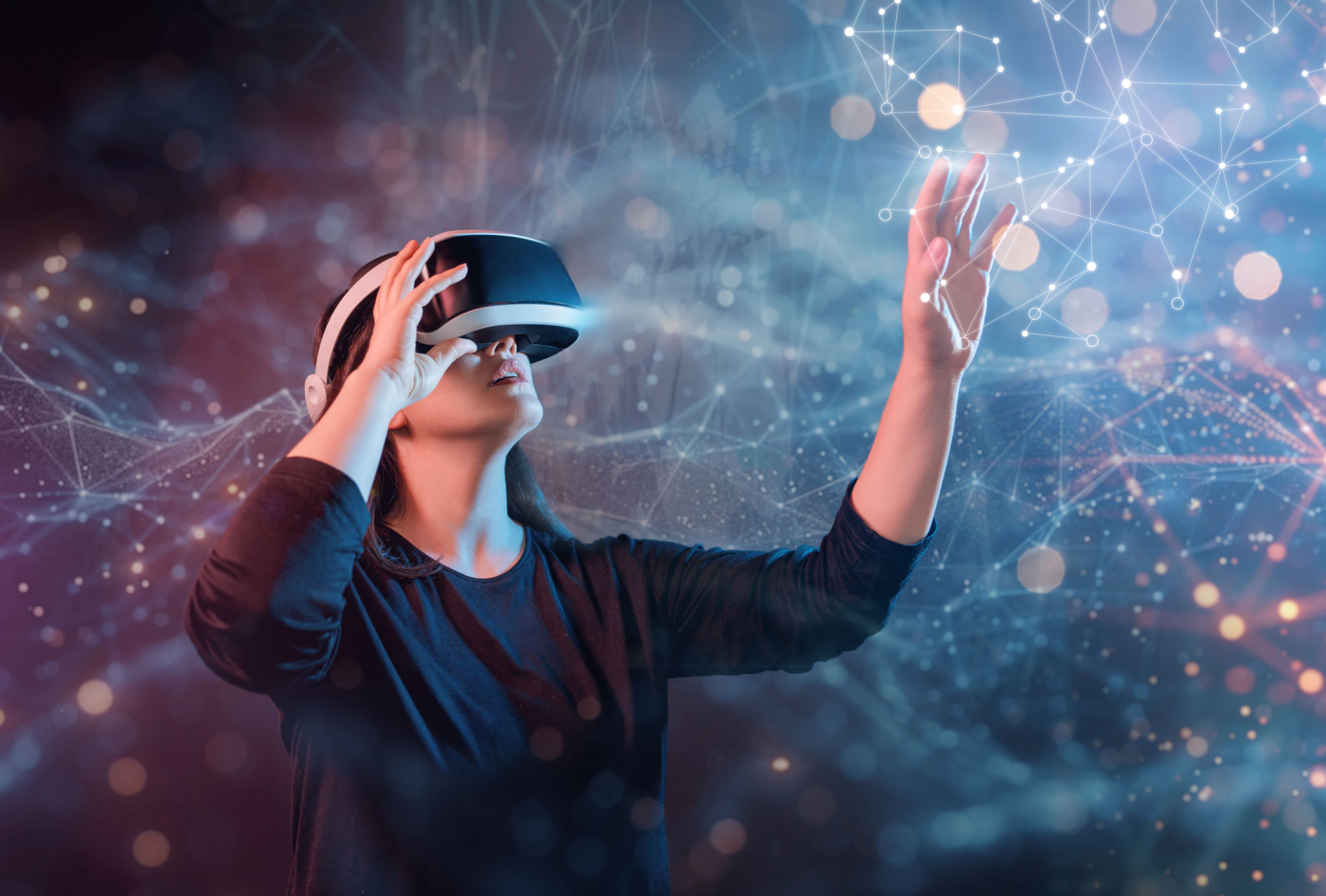How Illusions Work: The Science Behind Fantasy Museums
The Fascinating World of Illusions
Illusions captivate us by playing tricks on our eyes and brains, offering a delightful escape from reality. Fantasy museums are dedicated to this art form, showcasing exhibits that challenge our perceptions and leave us in awe. But what exactly makes these illusions so compelling? The answer lies in the intricate workings of our brain and the science behind these mesmerizing displays.
At the core of every illusion is the concept of perception. Our brains are constantly interpreting visual information, making sense of the world around us. However, this process isn't foolproof. Illusions take advantage of the brain’s shortcuts and assumptions, leading us to perceive something that isn't there or misinterpret what is. This manipulation forms the basis of many exhibits found in fantasy museums.

The Science Behind Visual Tricks
Visual illusions exploit the way our eyes and brains communicate. For instance, the infamous Müller-Lyer illusion uses arrows to make lines appear different in length when they are, in fact, the same. This is because our brain interprets the angles of the arrows as cues for depth, leading to a misjudgment in perception.
Color perception plays another significant role in illusions. The checker shadow illusion, for example, tricks our brains into seeing two squares as different shades when they are identical. Here, our brain considers context and surrounding colors, influencing how we perceive individual elements.

Interactive Experiences in Fantasy Museums
Fantasy museums often feature interactive exhibits that allow visitors to become part of the illusion. These experiences make use of movement and perspective to alter reality. For instance, an exhibit may have a room designed with slanted floors and distorted walls, making objects—and people—appear to grow or shrink as they move.
These hands-on illusions not only entertain but also educate visitors about the science of perception. By stepping into these crafted realities, individuals gain insights into how their sensory systems work and how easily they can be deceived.

Technology's Role in Modern Illusions
Advancements in technology have paved the way for more complex and immersive illusions. Augmented reality (AR) and virtual reality (VR) have become integral tools in many fantasy museums. These technologies overlay digital elements onto the real world or create entirely virtual environments that challenge our understanding of space and dimension.
Through AR and VR, visitors can experience a new level of interactivity. They might find themselves walking through a virtual forest or watching as digital butterflies flutter around them in real-time, seamlessly blending fantasy with reality.

The Psychological Impact of Illusions
Beyond their entertainment value, illusions have a profound psychological impact. They provide a safe space for individuals to explore the boundaries of their perception and question their understanding of reality. This introspection can lead to a deeper appreciation for the complexities of human cognition.
Moreover, engaging with illusions can stimulate creativity and problem-solving skills. By challenging our assumptions and encouraging us to think outside the box, these experiences foster a mindset open to new ideas and perspectives.

Conclusion: The Magic of Fantasy Museums
Fantasy museums offer a unique blend of art and science, using illusions to engage and inspire visitors. By understanding the mechanisms behind these captivating tricks, we gain insight into the workings of our minds and the fascinating world of perception. Whether through traditional optical illusions or cutting-edge technology, these museums provide an unforgettable journey into the depths of human imagination.
